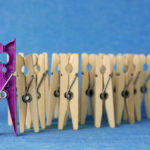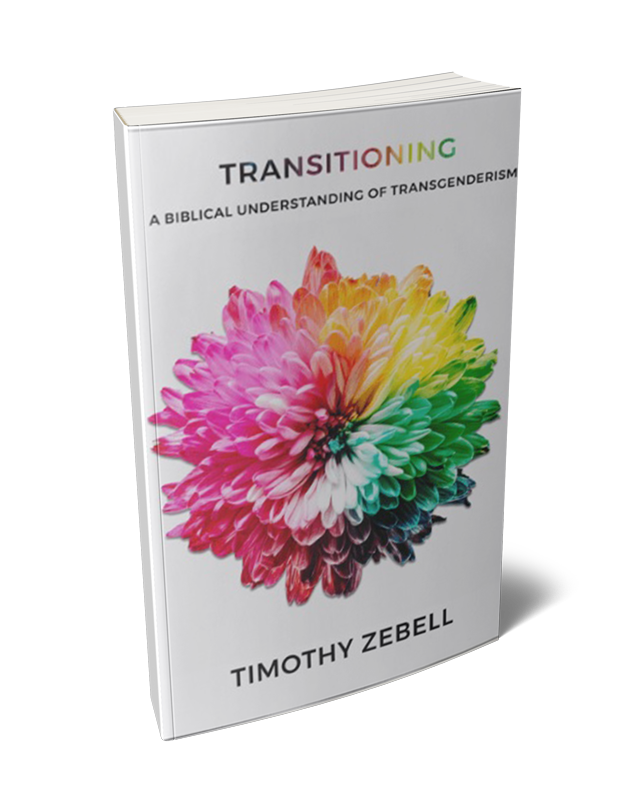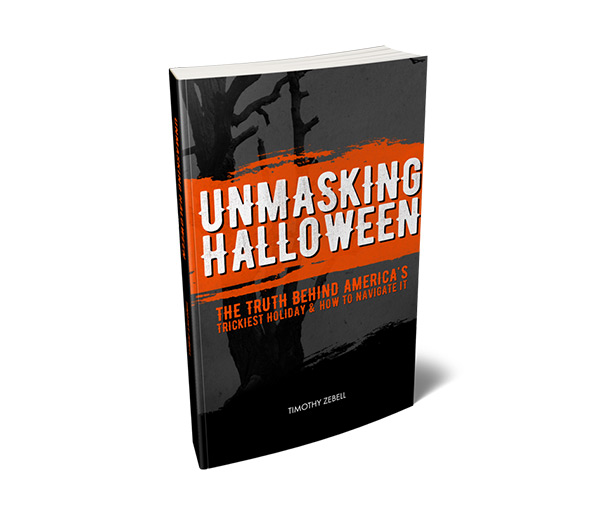With increasing frequency, one can turn on the television and witness advertisements that, at first, appear to depict the classic American family, showing two parents, a couple children, and a dog enjoying life together. However, upon closer examination, this classic American family now has two men as the parents, or two women as the parents. Everything in the advertisement is as one might expect from an ordinary American family except that the parents are the same gender. Similarly, gay activists for same-sex marriage like to stress that homosexual marriages are just as monotonous and uneventful as heterosexual marriages. In short, anymore, we are being encouraged to ignore the gay pride parades and consider the homosexual lifestyle to be virtually indistinguishable from the heterosexual lifestyle … but is this true? Generally speaking, is the homosexual lifestyle different from the heterosexual lifestyle simply in the gender of one’s partner?
Given that some activists have taken issue with the term “lifestyle,” it should be quickly noted that everyone has a lifestyle. Even if that lifestyle is as boring as waking up, brushing one’s teeth, going to work, coming home to watch the news, and then going to bed. Despite the absence of anything provocative or extravagant, this is a lifestyle, and it is not demeaning or inappropriate to recognize that people’s lifestyles differ from one another—often based largely upon demographics and religious affiliations.
Harvard-trained gay activists Marshall Kirk and Hunter Madsen wrote a “practical agenda” to change American’s thinking titled After the Ball: How America Will Conquer Its Fear and Hatred of Gays in the 1990’s.[1] A key strategy presented in their book is convincing heterosexuals that the homosexual lifestyle is nearly indistinguishable from that of heterosexuals. However, numerous scientific studies have proven this to be demonstrably false. Generally speaking, the homosexual lifestyle is considerably more risky and dangerous than the heterosexual lifestyle.
One reason for this is the promiscuous nature of the homosexual lifestyle. This is not to say that heterosexuals are not promiscuous, but rather that the homosexual community elevates promiscuity to a whole different level. In his book Strained Relations, researcher Bill Muehlenberg reported the findings of, arguably, the most well-known pro-homosexual institute:[2]
An exhaustive 1978 Kinsey Institute study of homosexuality showed that 28 per cent of homosexual males had sexual encounters with 1,000 or more males over a lifetime. And 79 per cent said more than half of their sex partners were strangers. Only one per cent of sexually active men had fewer than five lifetime partners.
The study concludes: “Little credence can be given to the supposition that homosexual men’s ‘promiscuity’ has been overestimated. … Almost half of the white homosexual males said that they had at least 500 different sexual partners during the course of their homosexual careers.”
Similarly, a study by Alan Bell and Martin Weinberg “found that the average homosexual had 550 different sexual partners.”[3]
This promiscuity generally occurs whether or not an individual is involved in a committed relationship with another person. Muehlenberg wrote, “In a study of 156 males in homosexual relationships, only seven couples claimed to have a totally exclusive sexual relationship. But these seven were in relationships lasting less than five years. The author’s comment: ‘Stated another way, all couples with a relationship lasting more than five years have incorporated some provision for outside sexual activity in their relationship.’”[4] Likewise, Australian homosexual activist Dennis Altman wrote in his book The Homosexualization of America, “[I]t does seem clear that among gay men a long-lasting monogamous relationship is almost unknown. Indeed both gay women and gay men tend to be involved in what might be called multiple relationships, though of somewhat different kinds. … A large scale study of gay male couples in San Diego concluded that every couple together more than five years had outside sexual contacts as a recognized part of the relationship.”[5]
This is also the conclusion of Thomas Schmidt who, after studying all of the available data on the subject, concluded, “Promiscuity among homosexual men is not a mere stereotype, and it is not merely the majority experience – it is virtually the only experience. … Tragically, lifelong faithfulness is almost nonexistent in the homosexual experience.”[6] Realizing this, it is not surprising that Charles Silverstein and Edmund White wrote in their book, The Joy of Gay Sex, “Sexual promiscuity is one of the most striking distinguishing features of gay life in America.”[7] Likewise, Marshall Kirk and Hunter Madsen wrote in their book, After the Ball, “Alas, it turns out that, on this point, public myth is supported by fact. There is more promiscuity among gays (or at least among gay men) than among straights; … Correspondingly, the snail trail of promiscuity—sexually transmitted disease—also occurs among gay men at a rate five to ten times higher than average.”[8]
Certainly, it is appropriate to consider the homosexual lifestyle as something that is unique from the heterosexual lifestyle. Of course, these statistics are not true of every homosexual individual, just as not every heterosexual individual fits into the average heterosexual lifestyle. Moreover, these statistics will soon morph with the influx of many in the younger generation who are seizing upon the cultural acceptance of homosexuality to classify themselves as homosexual when they are merely curious, confused, following a trend, or seeking an identity. Nevertheless, this has historically been true of the homosexual community as a whole, and it has given rise to an epidemic of sexual disease and health concerns.
Whether or not society wishes to admit it, the data reveals that the debate regarding the acceptability of homosexuality encompasses far more than the question of whether homosexuals and heterosexuals are being treated fairly. This debate is truly a clash of two lifestyles.
This article is excerpted from the book Laid Bare: Uncovering the Relationship Between Homosexuality & the Gospel.
Free Downloads
Share...
1. Kirk, Marshall and Hunter Madsen. After the Ball: How America Will Conquer Its Fear and Hatred of Gays in the 90s, i. New York: Doubleday, 1989.
2. Muehlenberg, Bill. Strained Relations: The Challenge of Homosexuality, 10. Melbourne: Culture Watch Books, 2014.
3. Ibid, 11.
4. Ibid, 13.
5. Ibid, 12–13.
6. Ibid, 11.
7. Ibid, 9.
8. Kirk, After the Ball, 47–48.
Unless otherwise noted, all Scripture quotations are taken from The Holy Bible, English Standard Version, copyright ©2001 by Crossway Bibles, a publishing ministry of Good News Publishers. Used by permission. All rights reserved.








